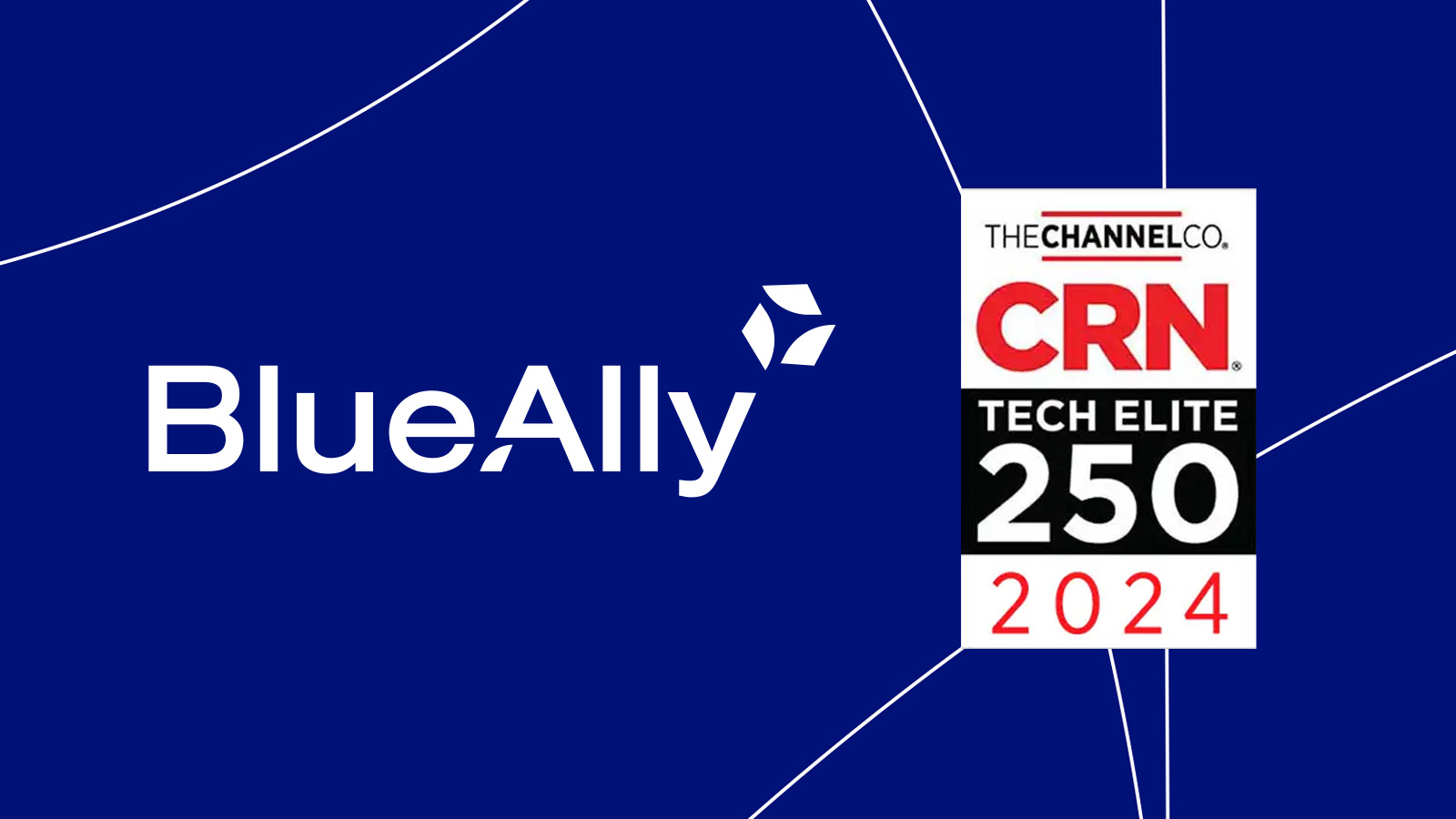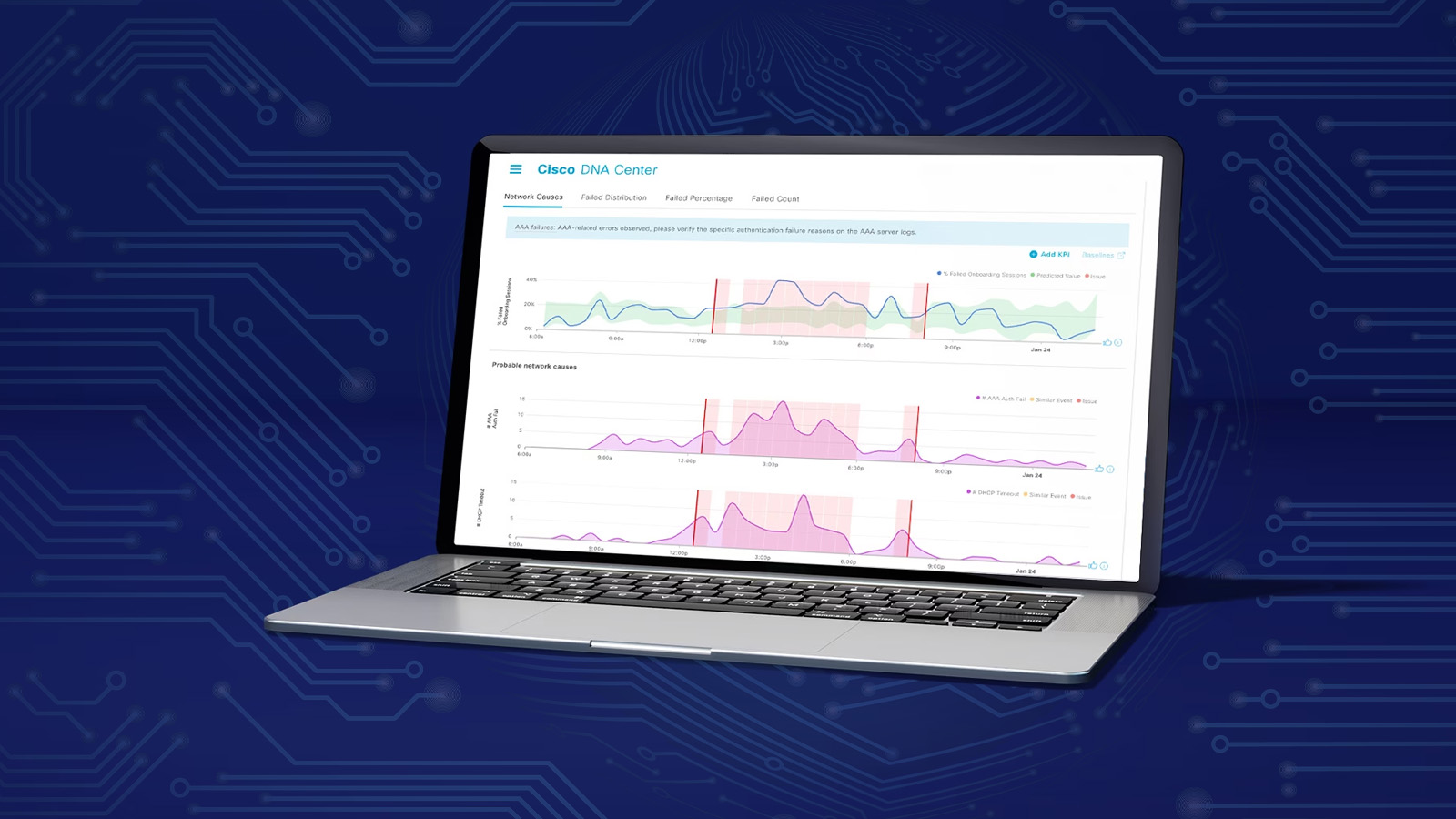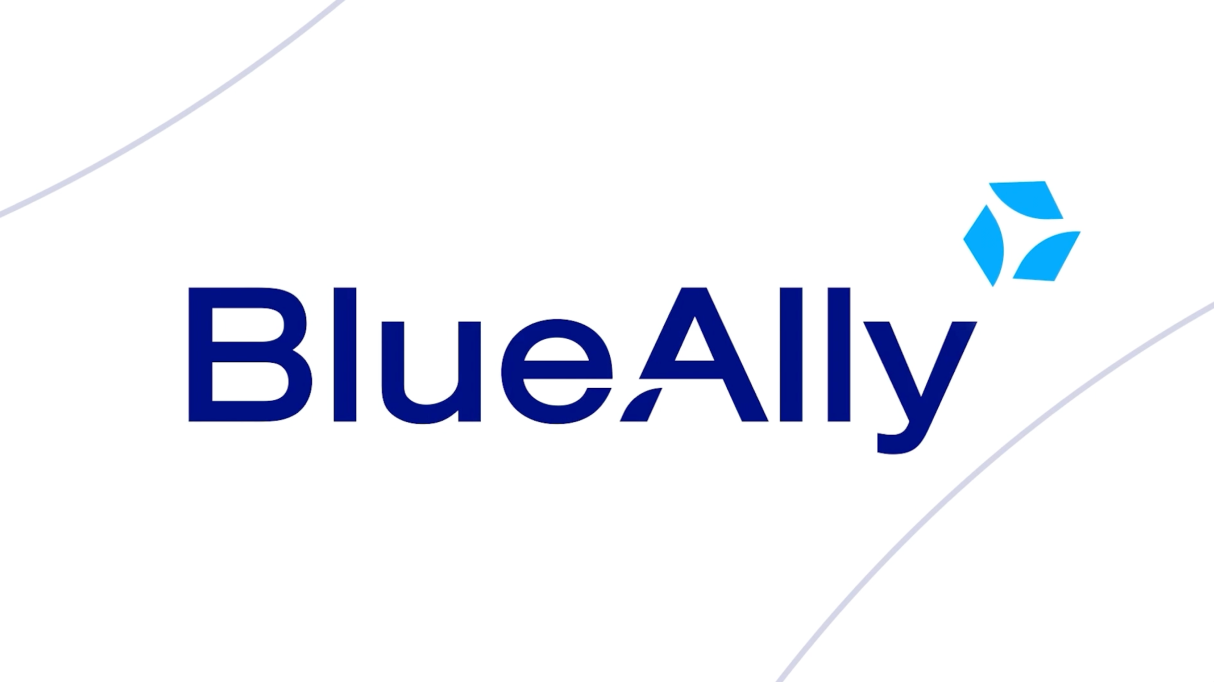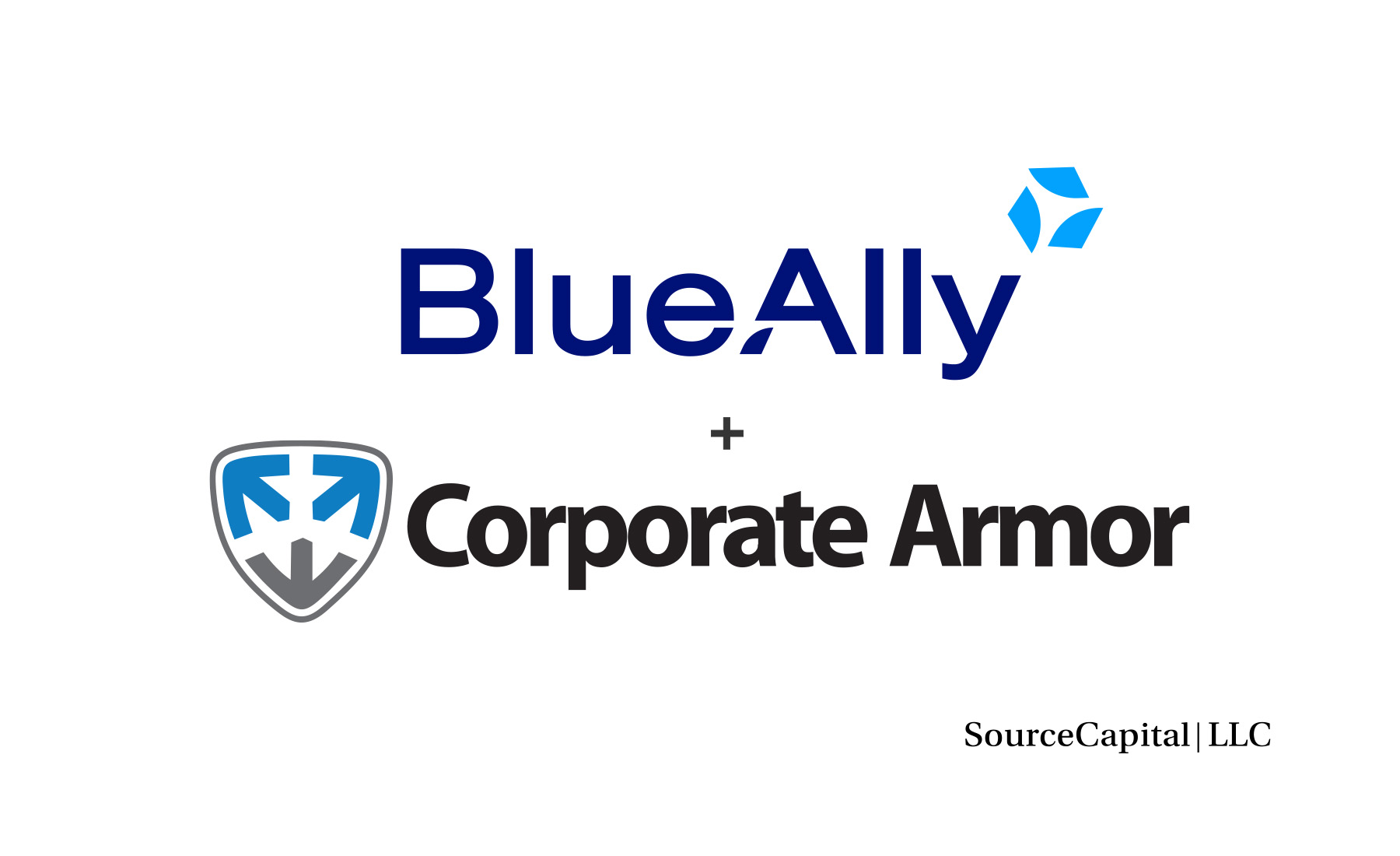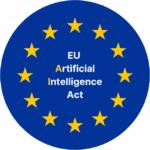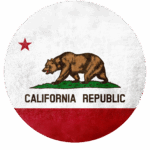 FEATURED
FEATURED
Multiple jurisdictions now have AI regulations in effect. Here’s how to build a governance approach that works across all of them.
Organizations deploying AI systems are facing a new compliance landscape. Multiple jurisdictions now have AI regulations in effect, each with their own requirements for documentation, risk assessment, and reporting. The challenge for most companies isn’t whether they need to comply—it’s figuring out how to build a governance approach that works across all these different frameworks.
ISO 42001 provides a unified framework for AI governance that addresses the core requirements across multiple regulations.
The Regulatory Reality
AI regulations are no longer theoretical. Here’s what’s already on the books:
The challenge for organizations operating across multiple jurisdictions is building compliance systems that satisfy all these requirements. Each regulation has its own approach and terminology, which makes it difficult to implement a single solution that works everywhere. Beyond the varied requirements, many organizations are also dealing with AI deployments that happened without centralized oversight—employees using personal productivity tools, departments implementing AI solutions independently. These fragmented implementations lack the governance controls, data traceability, and risk management that regulations require. This regulatory fragmentation creates additional challenges. Organizations that address each regulation individually as it emerges find themselves building separate compliance processes for each jurisdiction. This approach is inefficient and leaves gaps. A unified framework like ISO 42001 addresses the underlying requirements common across these regulations.
What ISO 42001 Actually Does
ISO 42001 is the first international standard built specifically for AI management systems. Unlike traditional software that follows predictable logic, AI systems learn from data and can produce different outputs for similar inputs. This makes AI compliance more complex—you can’t just test a system once and assume it will always behave the same way. You need ongoing monitoring, documentation of how the system changes over time, and processes for managing uncertainty.
ISO 42001 provides a unified approach that addresses the core concerns underlying all AI regulations: transparency, accountability, fairness, privacy, and security.
Here’s what that means in practice:
Structured Governance – Clear roles, responsibilities, and decision-making processes for AI systems, so you know who’s accountable and employees know the approval process for new tools.
Risk Management – Systematic risk assessment processes tailored to AI systems, giving you the methodology for impact assessments and a framework for evaluating AI vendors.
Documentation and Traceability – Comprehensive documentation of AI system development, deployment, and monitoring, so you can respond quickly when regulations require incident reporting or auditors ask about data quality.
Continuous Monitoring – Ongoing testing and refinement processes that catch problems before regulators do and help you evaluate compliance gaps when new regulations emerge.
Data Governance – Requirements for data management, including quality, provenance, and protection, so you can trace AI decisions back to training data and address potential bias issues. For example, if hiring recommendations show bias, you can identify whether it stems from historical employment data.
The framework is flexible enough to adapt as regulations evolve, but specific enough to provide real guidance. It’s not theoretical—it’s actionable.
The BlueAlly Approach
Our Compliance Services team has guided organizations through multiple ISO certifications, including ISO 27001, ISO 27017, ISO 27018, and ISO 27701. We understand how accreditation bodies work, we have relationships with reputable auditing firms, and we know what it takes to pass certification audits and leverage compliance frameworks to strengthen security programs.
What makes our approach different is that we understand the intersection of compliance frameworks, accreditation requirements, practical implementation, and security value. Some organizations think they can achieve AI compliance through software platforms alone. The reality is that these platforms still require someone with compliance expertise to set them up correctly for your specific situation. They don’t allow you to just flip a switch and be compliant.
You need people who actually understand AI governance frameworks to configure these platforms and build the organizational processes around them. More importantly, when it comes to ISO certifications, the accreditation bodies (ANAB—ANSI National Accreditation Board and UKAS—United Kingdom Accreditation Service) don’t allow companies to get certified directly through software. You have to go through properly accredited auditors, and you need expertise to prepare for and pass those audits. That’s where we provide value.
Our Process
We guide organizations through the ISO 42001 journey from initial gap analysis through certification and ongoing compliance management. We start by evaluating your current AI governance practices against ISO 42001 requirements. Where appropriate, we integrate the NIST (National Institute of Standards and Technology) AI Risk Management Framework to provide foundational components such as taxonomy, terminology, and metrics that support your AI risk management program. Then we help you establish the policies, procedures, and controls required by the standard. We work with your team to build a management system that fits your organization and your specific AI use cases. We assist in creating comprehensive documentation that demonstrates your compliance posture. We prepare your organization for the formal certification audit. After certification, we help you establish processes for maintaining compliance as your AI systems evolve and new regulations emerge.
Ready to Get Started?
If you’re interested in exploring ISO 42001 certification, schedule a gap analysis consultation. We’ll evaluate your current AI governance practices, identify gaps, and give you a straightforward assessment of what certification would involve.
Contact us at contact@blueally.com to schedule your gap analysis consultation and start building a compliance framework that works across all jurisdictions.






